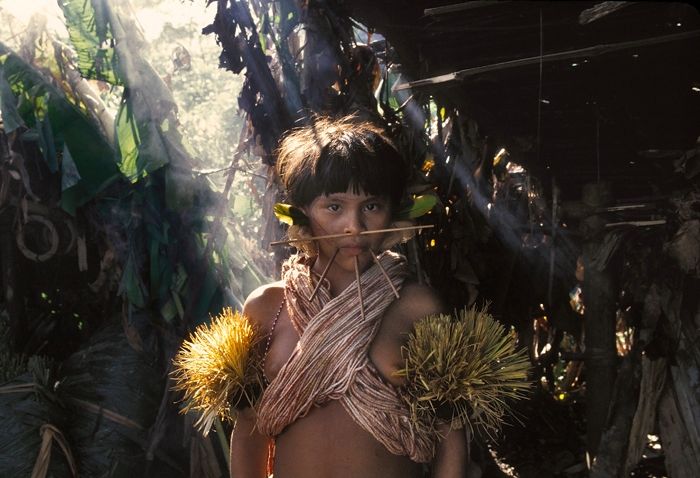


I’ve been very lucky recently and I have received three wonderful Easter Eggs to review. The eggs, and the lucky tasters, had been waiting patiently for some time to get to work on this project. I decided the best thing was to host an Easter Egg Tasting Event at home. We would like to thank the manufacturers of the Easter Eggs for allowing us to carry out this difficult task!!
I did some research on chocolate and we all had a checklist. Not wishing to eat one Easter Egg after another, this tasting took place over two days.
All of the Easter Eggs are quite beautiful in their own unique way and have been reviewed on their merits.
Hotel Chocolat

Hotel Chocolat Exuberantly Fruity Egg was gratefully received. The packaging was so well thought out that you just knew the egg was safe, which was a relief, especially as I had received such an amazing egg to review.
The gift packaging was quite plain, but the attached label with a photograph, told quite another story about the contents within.
The egg came silver foil wrapped in two parts and we all waited in anticipation for the opening ceremony. Then gasps of wow!! The aroma!! The colours!! Oh my goodness!! The list goes on and on.
We all had the tasting list, but it just had to go, we were all hopelessly seduced by the excitement of the egg!!
One of the first things you notice is the thickness of the 40% milk chocolate shell. The fruit filled shell is crisp when you break into it with small pieces of raspberry. Within the egg are raspberry and peach, apricot, blackcurrant, strawberry, redcurrant and mango truffles, these are inside crisp chocolate shells that have been rolled in real fruit powder. These eggs stimulate the senses - sight, taste, smell, different textures, even the sound of the chocolate snapping.
We all thought this was an Easter Egg for lovers to share, or, if you have just been chucked by your boyfriend, you will feel much better after devouring one of these.
If you don’t live within easy reach of a Hotel Chocolat shop, the postage costs are very reasonable.
Hotel Chocolat has everything right with this egg, from the packaging to the eating experience and well done to them.
Green & Black’s
I received Green & Black’s Organic Dark 70% Chocolate Egg with Smooth Praline Mini Eggs.
The packaging for posting and the gift box is constructed from 100% recycled board. The gift box was well packed in bubble wrap.
The dark brown gift box depicts Springs fresh growth of wild flowers with a scattering of birds, dragonflies, bumblebees and a rabbit, all in different shades of brown and gold.
The egg had a bittersweet flavour and melts beautifully in the mouth with a smooth texture. A long lingering aftertaste is experienced with this chocolate. The chocolate also has a very clean snap.
The small eggs were filled with smooth praline, and the dark chocolate and praline were perfect partners.
This Easter Egg will be appreciated by dark chocolate lovers who know how to make chocolate last a few days. Certainly not to be eaten all in one sitting!!
Green & Black’s Easter Eggs have two entries in the Top Ten Best Selling Easter Eggs list this weekend, which has been compiled by Tesco's, and I really think this says it all.
Bettys by Post
Bettys sent me their Milk Chocolate Foiled Egg to review and this was also packaged superbly and received safely.
The egg was enclosed in pleated gold foil and stood on a small gold coloured stand, this was then wrapped in clear cellophane and tied with a small Betty’s ribbon. The egg is made using Swiss chocolate with 38% cocoa solids. The egg was in one piece and the inside was hollow.
The chocolate was smooth in both texture and flavour and was quite mild.
Although on our notes it said to do the snap test on a bar of chocolate, we still proceeded, and the chocolate had a good snap.
If you like to eat an egg greedily at one sitting, then it is very easy to do so with this particular chocolate.
We felt Aunts and Grandmothers would appreciate this egg, and particularly if they had been to Bettys Teashops and experienced the ambience surrounding this very British experience.








































